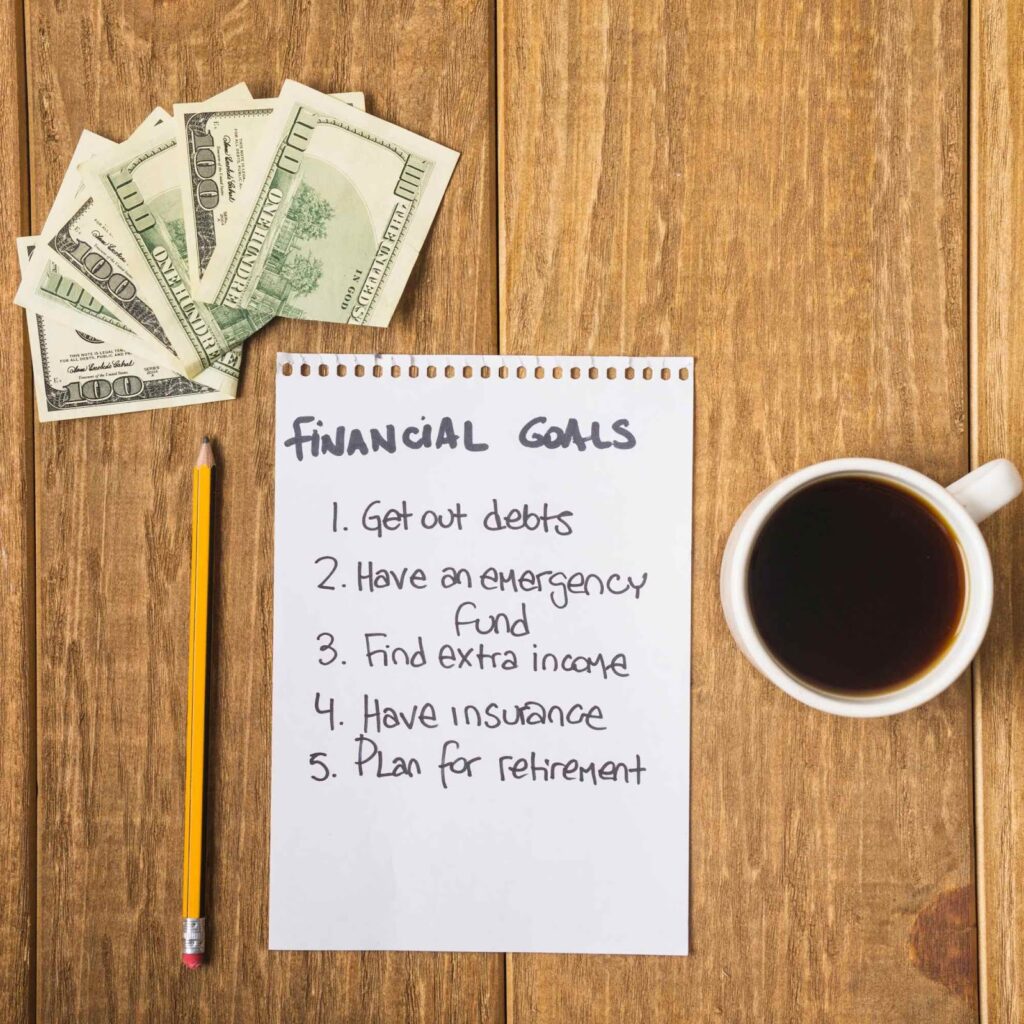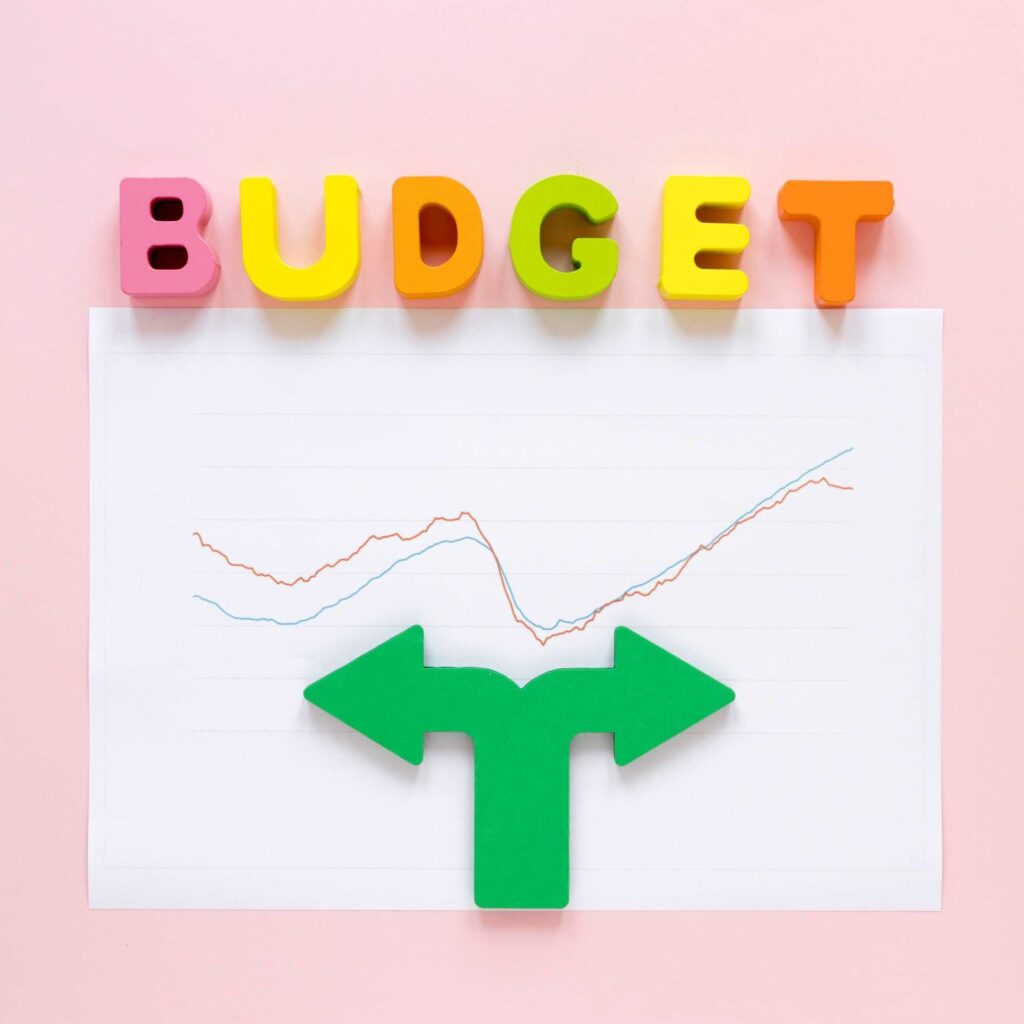Budgeting. The word alone can spark a groan or a curious eyebrow lift. It sounds… responsible. Maybe a little intimidating. But honest? It doesn’t have to be this huge, unrelatable thing. At its core, budgeting is simply knowing where your money comes from and where it goes. And yeah, maybe trying to steer it so you can actually do something with it—like save, or pay off that nagging credit‑card debt, or finally take that trip. So let’s walk through it, step by step. Real talk, real steps, small imperfections along the way (like this parenthetical). Feel free to think, “Okay, here we go,” or, “Do I really need to read this?”, that’s fine, too. You’re allowed to be skeptical.
Understand Why Budgeting Is Important
Let’s start with the obvious: why even bother? Well… because it keeps chaos at bay. If you don’t know what you’re spending, you can’t control it. You’ll end up surprised (and maybe frustrated) when you glance at your bank balance and think, “Where did all this go?” Even if your income isn’t huge, no shame, it happens, you can still build some control. Budgeting helps you make decisions instead of being tossed around by impulse purchases, late‑night delivery apps, or random sales. To mix a metaphor: it’s less about restriction and more about guidance. Think of it as a friendly nudge, not a prison guard.
Track Your Income and Expenses
Before solutions come labels. First, figure out the lay of the land. How much is coming in? Salary, side gigs, interest on savings, that $5 a month your aunt sends, yes, include it. Then track every expense. Yep, every single one. That doesn’t mean staring at receipts for hours. A casual app works fine: jot down your coffee, your lunch, subscription charges. Or, guilty, some of us shuffle notes in our heads, forgetting the $3 streaming app we tried. If that’s you, maybe start with a week of tracking, see how much leaks out, then expand. It’s about awareness. Once you see the patterns, you can choose to act, or, you know, not. Still progress.

Set Clear Financial Goals
Money without maps gets lost. Goals give your budget meaning.
Short‑term
These are the things you care about soon, within a few months to a year.
- Clearing credit card debt.
- Saving for a weekend getaway.
- Building a small emergency fund: maybe $500–$1,000.
Short‑term goals are like the “fuel light.” They motivate you fast, which feels good.
Long‑term
Now we’re dreaming bigger, years into the future.
- Saving for a down payment on a house.
- Investing for retirement.
- Funding a kid’s college.
Long‑term goals are what make budgeting stick. They’re the reason you say no to impulse buys today, because you want something bigger tomorrow.
Make goals SMART
Okay, that acronym’s everywhere, but there’s a reason.
- Specific: “Save $5,000” vs. “save a lot.”
- Measurable: You’ll know when you hit it.
- Achievable: Big goals are great, but don’t say you’ll save $50K if you make $30K a year.
- Relevant: It matters to you.
- Time‑bound: By when? December? Three years?
SMART goals keep things concrete, they don’t guarantee success, but they clue you into where you’re headed.

Choose a Budgeting Method
Now let’s get practical.
50/30/20 Rule (Needs, Wants, Savings)
Probably the most famous rule. You fill your income into three buckets:
- 50% Needs: rent, groceries, utilities, things you can’t skip.
- 30% Wants: dining out, streaming, weekend outings.
- 20% Savings/Debt: anything going into an emergency fund, investments, or paying off loans.
It’s simple. Maybe too simple? Because for high‑cost cities, that 50% can vanish fast. Still, it’s a great starting point, at least you can see if you’re closer to 60/10/30 or something.
Zero‑Based Budgeting
You give every dollar a job. So at the start of the month, your income minus your expenses should equal zero, every peso and dollar is assigned to something.
It’s more meticulous. You’ll feel in control, but also… more work. If your budget’s chaotic, this can be illuminating. Or overwhelming. Watch your mood with it.
Envelope System
This is old‑school, in the best way. You withdraw cash, divvy it into envelopes labeled “Groceries,” “Entertainment,” etc., when an envelope’s empty, you’re done spending in that category.
Some apps replicate this with virtual envelopes. It’s tactile (in the cash version), and it forces real limits. The downside: it’s not ideal for bills or online purchases.
Why is a Budget Important?
Budgeting isn’t just about spreadsheets or cutting back, it’s about clarity. When you know where your money goes, there’s a kind of calm that settles in. You stop dreading your bank app.
It reduces stress by eliminating surprises. Big bill? You saw it coming. Overspent on food? Now you know, and next month looks better.
More than that, budgeting is empowering. It puts you in the driver’s seat, helping you steer your money toward what actually matters to you, whether that’s saving, traveling, or just staying out of debt.
It also makes you adaptable. Life throws curveballs, unexpected car repairs, rising rent, but with a budget, you’re not scrambling.
And finally, it helps you avoid financial traps. When you track spending, you catch bad habits early, before they grow.
So no, it’s not just numbers. It’s structure. A plan. A way to live with a little more intention, and a lot less chaos.
Common Budgeting Mistakes to Avoid
…And because mistakes get made, here are some common snags:
- Overestimating willpower – thinking you can curb spending overnight.
- Not accounting for variable expenses – like annual subscriptions or birthdays.
- Setting unrealistic goals – saying you’ll save 50% of income on entry‑level pay.
- Ignoring “fun” money – that just leads to frustration later. Budget the joys, too.
- Sticking to a method that doesn’t fit – if zero‑based drains you, maybe switch it up.
- Failing to revisit – budgets should evolve. Review monthly, tweak as needed.

Tips for Sticking to Your Budget
A budget without commitment is just a paper plan. Here are some low‑effort ways to stick with it:
- Automate what you can — direct savings, bill payments, let tech do the work.
- Use reminders — monthly check‑in notifications on your phone.
- Track weekly — just five minutes to make sure you’re on track.
- Use visual cues — like a chart or fund‑tracker app; it rewards your eyes.
- Set mini‑rewards — hit 3 months of budget discipline? Treat yourself with a small indulgence.
- Buddy up — accountability helps. Maybe share your goals (just enough) with a friend.
- Be flexible — life happens. If unexpected spending comes, adjust, don’t abandon everything.
Conclusion
So, where are we after all that? Budgeting isn’t rocket science, but it’s also not effortless. It’s a habit, a mindset, and a toolbox for managing your dollars. You’re not aiming for perfection. You just want a plan… that you actually follow.
Start by tracking. Then set a SMART goal. Experiment with one budgeting method, 50/30/20, zero‑based, envelopes, whatever feels doable. Give it a week or two, tweak it, and review. Small adjustments add up.
You’ll probably mess up now and then. Miss a payment. Overspend on dinner. Totally normal. But with the structure you just built, you’ll bounce back faster. And over time? Those small wins, no late‑fee payments, a growing emergency fund, reaching those personal goals, start to stack. You’ll look back and think, “Yep, that was worth it.”
So here’s to actually smiling when your bank balance surprises you, in a good way. And to budgets that feel like helpful friends, not strict guards. Let me know if you want help picking an app, building a worksheet, or even spicing it up with a quirky financial metaphor. I’m here for it.




